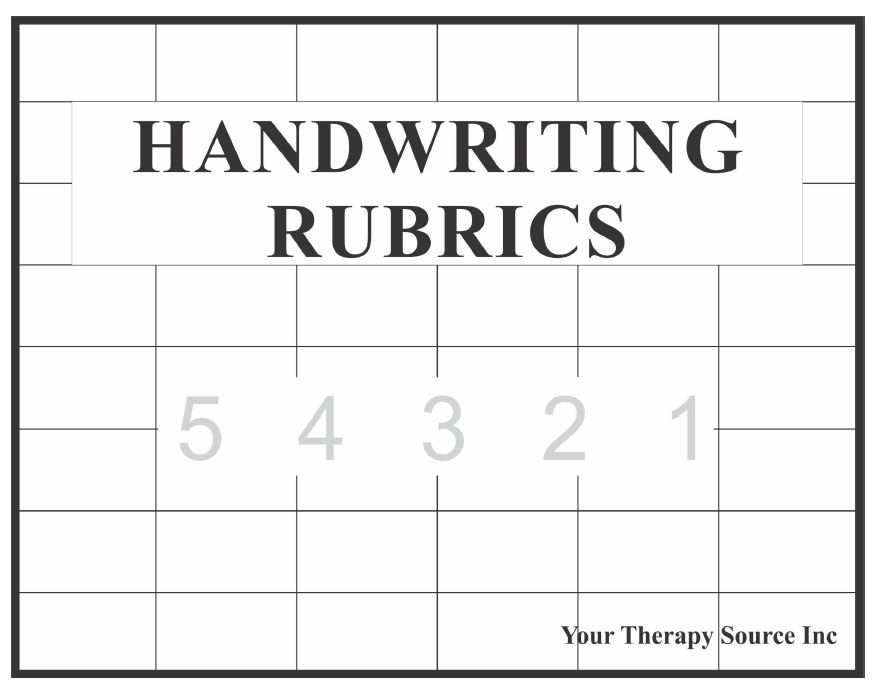Understanding Handwriting and Keyboarding: Helping Young Writers Succeed

As technology becomes more important in our daily lives, it’s crucial to understand how both handwriting and keyboarding skills impact students’ writing abilities. Learn more about past and current research on these skills. Based on the current research, there are practical tips for teachers, occupational therapists, and parents to help young writers thrive.
Past Research on Handwriting and Keyboarding for Younger Students
Previous studies have shown that both handwriting and spelling are important for young students’ writing success. Handwriting automaticity, or the ability to write letters quickly and correctly, is linked to better writing quality and productivity.
- Handwriting Automaticity:
- Improves writing quality by freeing up cognitive resources for higher-level writing tasks.
- Increases writing productivity by allowing students to write more words in a given time.
- Spelling:
- Essential for producing high-quality written work.
- Supports overall writing development by reducing the cognitive load on students.
Research has also explored keyboarding skills for younger students, although not as extensively as handwriting.
- Keyboarding Skills:
- Importance: As digital tools become more prevalent, keyboarding skills are increasingly essential for students.
- Past Studies: Research has shown that keyboarding automaticity, like handwriting, plays a significant role in writing performance. Studies have found that primary students with higher typing automaticity tend to compose longer and higher-quality texts.
- Challenges: Keyboarding involves the coordination of both hands and requires visual and motor skills, making it initially challenging for young learners. Early keyboarding skills rely heavily on visual feedback, but with practice, students can develop the muscle memory needed for fluent typing.
Additionally, research has found notable gender differences in writing skills:
- Gender Differences:
- Girls generally show higher handwriting automaticity and keyboarding skills than boys.
- Girls tend to have better spelling skills and more positive attitudes toward writing.
- Girls often produce longer and higher-quality texts compared to boys.
These findings highlight the importance of tailoring writing instruction to address different needs and strengths among students.

Handwriting Rubrics
Understanding Handwriting and Keyboarding – What Does the Current Research Say?
Recent studies highlight the importance of both handwriting and keyboarding skills for today’s students. While handwriting remains crucial, keyboarding is becoming increasingly important in our digital age. A recent study examined how these skills contribute to writing performance in young students.
Methodology
In a recent study, 544 second-grade students from 17 primary schools participated. The students completed tasks to assess their handwriting and keyboarding automaticity, spelling skills, reading skills, and attitudes toward writing. They were asked to write short stories using both paper and pencil and a computer laptop to evaluate their writing quality and productivity.
- Assessment Sessions:
- Handwriting and Keyboarding Automaticity: Students wrote or typed the alphabet as quickly and accurately as possible.
- Spelling and Reading Skills: Assessed using standardized tests measuring word recognition and reading comprehension.
- Attitudes Toward Writing: Measured through interviews asking students about their preferences and feelings towards handwriting and keyboarding.
Key Findings
- Handwriting Automaticity:
- Strongly linked to better quality and productivity in paper-based writing.
- Explained a significant portion of the variance in students’ writing performance.
- Keyboarding Automaticity:
- Strongly associated with higher quality and productivity in computer-based writing.
- Played a larger role in explaining the variability in students’ computer-based writing outcomes compared to spelling.
- Spelling Skills:
- Important for both paper-based and computer-based writing.
- Contributed to writing quality and productivity, though its impact was less pronounced in computer-based writing.
Implications
This research suggests that developing both handwriting and keyboarding skills is crucial for students. Handwriting remains important for paper-based tasks, while keyboarding is essential for digital writing.

Simple Keyboarding and Handwriting Task Practice
Applying the Research on Handwriting and Keyboarding in the Classroom
Educators, occupational therapists, and parents can use these research findings to support young writers in practical ways. Here are some tips to help improve students’ handwriting and keyboarding skills:
- Teaching Handwriting:
- Provide regular practice to build automaticity.
- Focus on correct letter formation and writing speed.
- Incorporate fun activities like writing games and challenges.
- Teaching Keyboarding:
- Introduce keyboarding skills early and practice regularly.
- Use typing programs and games to make learning fun.
- Ensure students practice typing without looking at the keyboard to build muscle memory.
- Spelling Instruction:
- Integrate spelling practice into daily lessons.
- Use spelling games and activities to keep students engaged.
- Provide feedback and support to help students improve their spelling skills.
- Balancing Both Skills:
- Allocate time for both handwriting and keyboarding practice.
- Encourage students to use both skills in different writing tasks.
- Create a supportive environment where students feel comfortable practicing and improving their skills.
By understanding the importance of handwriting and keyboarding, and applying these practical tips, teachers, occupational therapists, and parents can help young writers develop the skills they need to succeed in both paper-based and computer-based writing tasks.
Reference:
Malpique, A. A., Asil, M., Pino-Pasternak, D., Ledger, S., & Teo, T. (2024). The contributions of transcription skills to paper-based and computer-based text composing in the early years. Reading and Writing, 1-35.
More Helpful Resources on Understanding Handwriting and Keyboarding in Students
Keyboarding versus Handwriting Speed



